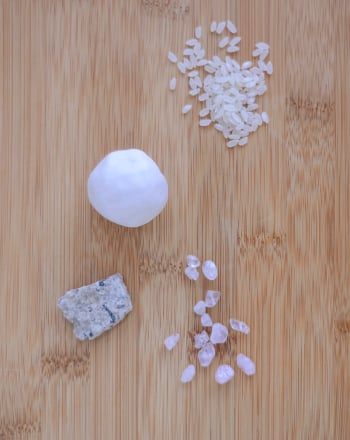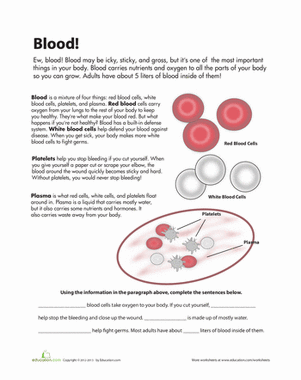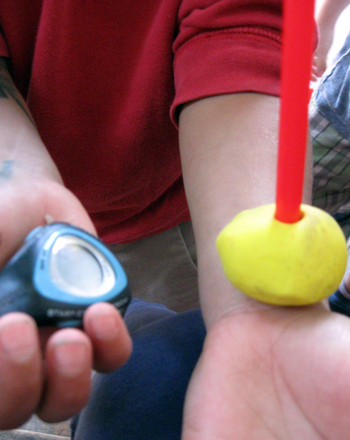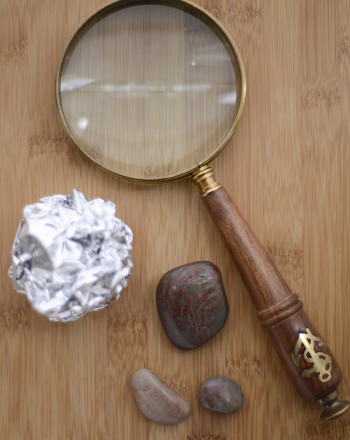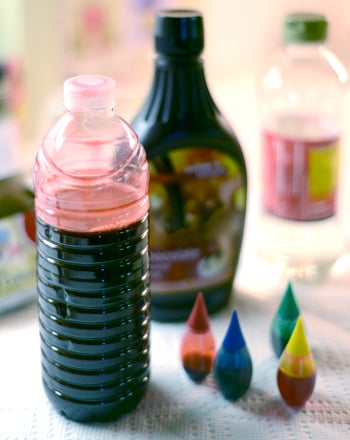Activity
How does Pulse Relate to Blood Pressure?
Grade Level: 5th - 8th; Type: Chemistry
Objective:
The goal of this experiment is to explore the relationship between blood pressure and pulse in healthy people. Objectives include defining pulse, systolic blood pressure, diastolic blood pressure, and learning to use a blood pressure cuff and measure pulse.
Research Questions:
- What is pulse? What is blood pressure?
- What is the relationship between pulse pressure and blood pressure?
- Why would heart rate increase when blood pressure becomes dangerously low?
Pulse is a direct measure of how frequently the heart beats – also known as the heart rate. Blood pressure is a measure of how much pressure is exerted against the walls of a blood vessel (most typically an artery). Blood pressure is typically given in two numbers, the systolic pressure over the diastolic pressure. Systolic blood pressure refers to the pressure during a heartbeat. Diastolic pressure refers to the pressure in between heartbeats. Since there is more pressure during a heartbeat, the systolic number is always higher.
Pulse and blood pressure are intimately coupled in healthy people. If you exercise vigorously, both your blood pressure and pulse will go up. Likewise, if you sit quietly, blood pressures go down. There are a complex series of chemical messengers that cause the heart rate to increase if blood pressure drops too low. The relationship between pulse and blood pressure is less well-defined in people who have heart disease or who have experienced physical trauma. For example, patients in severe shock who have severe blood loss may have a very rapid heart beat (tachycardia), but low blood pressure.
Materials:
Students will need either an electronic blood pressure (BP) cuff or a manual BP cuff and stethoscope, and a notebook. One readily available electronic BP cuff is made by Omron.
Experimental Procedure:
- Obtain a BP cuff. If using an electronic BP cuff, read the instructions that came with the package. If using a manual cuff, get someone who is experienced to show you how to use it. Practice taking pulse. Excellent directions can be found at the Cleveland Clinic web site found in the Bibliography.
- Create a 9-column database. The columns will be:
- Name
- Resting BP
- Resting Pulse
- Active BP
- Active Pulse
- Change (delta) in Pulse
- Change (delta) in Systolic Pressure
- Change in Diastolic Pressure
- Have your subject sit quietly for ten minutes. Take their blood pressure and pulse. Have your subject exercise vigorously. For example, they can run around the school yard, do 50 jumping jacks, squat thrusts or something similar. Take their blood pressure and pulse again. Calculate the differences between pulse, systolic, and diastolic blood pressures.
- Repeat step 3 with at least ten different subjects.
- After you have performed your initial calculations, take the average change in the differences between pulse, systolic, and diastolic blood pressures for all of your subjects. How did the change in pulse relate to the change in blood pressures?
Terms/Concepts: Pulse; Pulse pressure; Systolic blood pressure; Diastolic blood pressure; Tachycardia
References:
Websites
Medline Plus: Pulse
http://www.nlm.nih.gov/medlineplus/ency/article/003399.htm
Mayo Clinic: High Blood Pressure (Hypertension)
http://www.mayoclinic.com/health/high-blood-pressure/DS00100
Cleveland Clinic: Your Pulse and Your Target Heart Rate
http://www.cchs.net/health/health-info/docs/0900/0984.asp?index=5508
Education.com provides the Science Fair Project Ideas for informational purposes only. Education.com does not make any guarantee or representation regarding the Science Fair Project Ideas and is not responsible or liable for any loss or damage, directly or indirectly, caused by your use of such information. By accessing the Science Fair Project Ideas, you waive and renounce any claims against Education.com that arise thereof. In addition, your access to Education.com's website and Science Fair Project Ideas is covered by Education.com's Privacy Policy and site Terms of Use, which include limitations on Education.com's liability.
Warning is hereby given that not all Project Ideas are appropriate for all individuals or in all circumstances. Implementation of any Science Project Idea should be undertaken only in appropriate settings and with appropriate parental or other supervision. Reading and following the safety precautions of all materials used in a project is the sole responsibility of each individual. For further information, consult your state's handbook of Science Safety.








